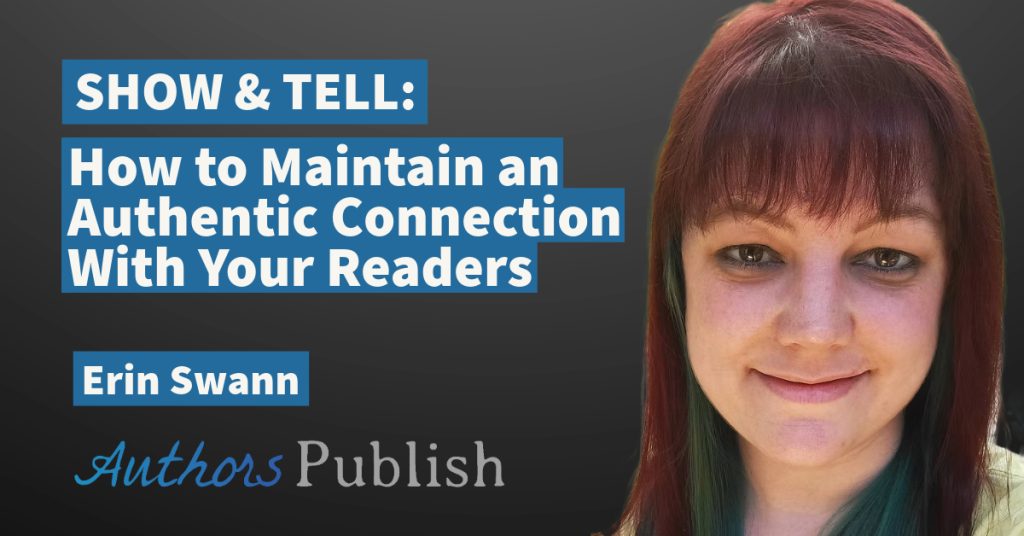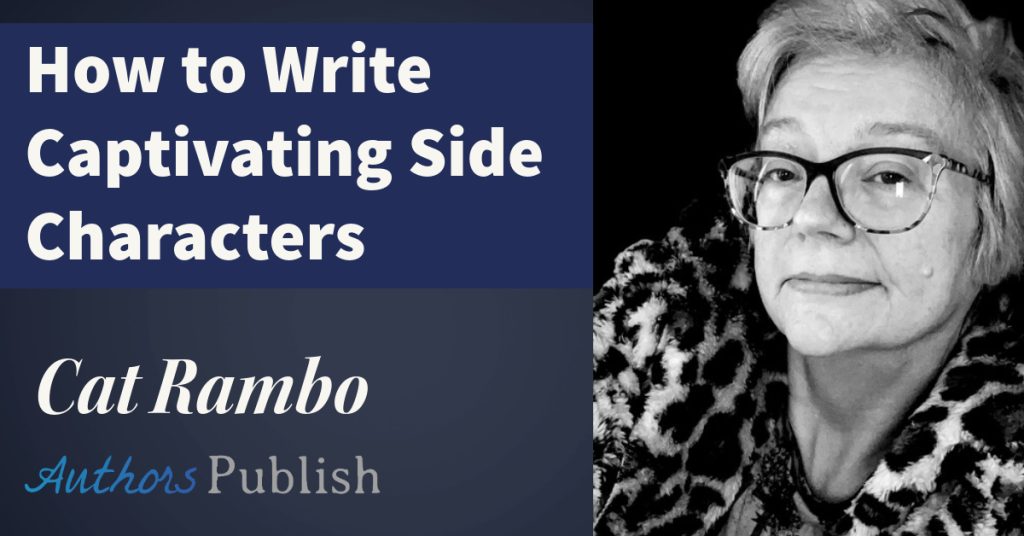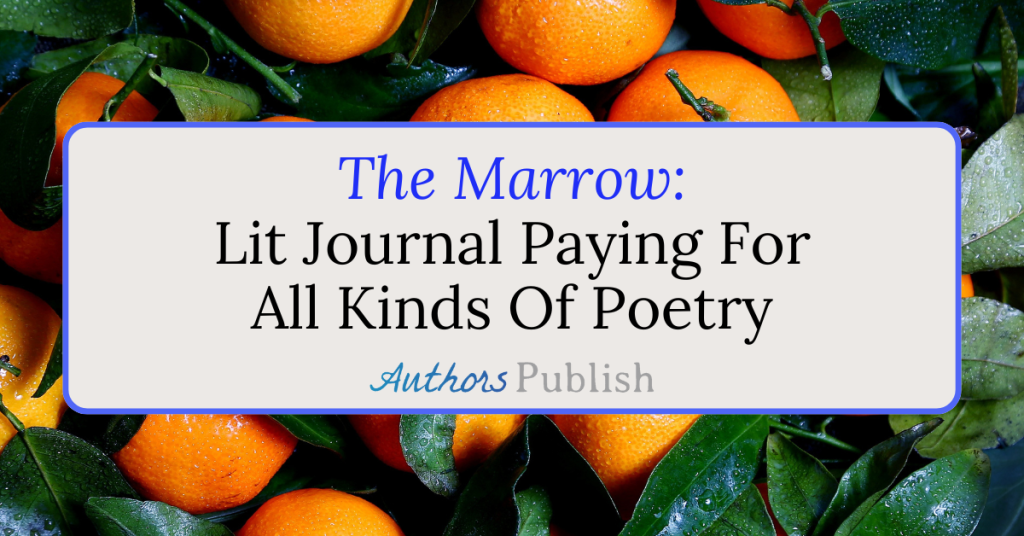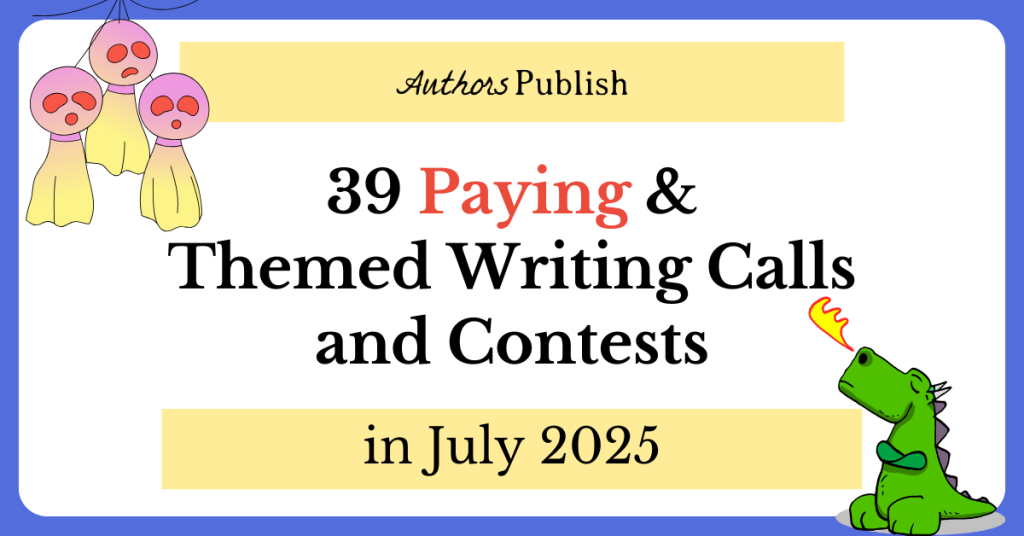By Ley Taylor Johnson
Character arcs are tough. There’s no way around it—despite being one of the primary drivers of the story, dealing with your protagonist’s emotions and weaving them into the plot is hard to do. You don’t want their feelings overwhelming the plot and making it seem melodramatic, but you also don’t want their development to be so subtle that it hardly seems present at all. On top of all of that, you also want to incorporate their emotional scenes naturally and seamlessly so as to avoid the dreaded “show, don’t tell” feedback from your beta readers and editors.
It’s a major undertaking, and one that’s unfortunately ignored in a lot of plot maps and outline templates out there. To help you out, here are five tips on navigating your protagonist’s emotional arc as your story unfolds, from the onset of Act 1 to the climax and resolution.
Set their arc up in the first act.
Act 1 is all about setup, so this is where you’ll want to lay the groundwork for your character’s emotional arc. Thankfully, there’s not too much work involved here—you don’t need more than a wink or two to let readers know an arc is coming in Act 2. Just make sure that while you’re setting up your main plot, you establish a starting point that your protagonist can grow from over the course of the story.
You can do this by giving them four things: a want, an obstacle, a need, and a flaw. The want and the obstacle give your protagonist motive to engage with the plot—they’ll set off on whatever adventure you’re giving them because they believe it will help them overcome their current challenge and meet their goal. The need and the flaw give them a lesson to learn along the way—they’ll discover that their goal and/or their reasoning behind that goal is faulty and will need to address their inner issues in order to succeed.
(The last two should be largely subconscious in order to avoid making your protagonist too self-aware. What’s the fun of an arc that’s already halfway over?)
Build their negative emotions slowly and subtly.
Now that you’ve established the foundations for your protagonist’s arc, it’s time to put it on the back burner for a little while. The beginning of Act 2 is for setting up the external stakes, so you’ll want to hold off on any major character development beats while you focus on your main plot. Your protagonist’s want, obstacle, need, and flaw should still be present in the story, but it’s okay for them to be less of a priority for the time being.
In most cases, you can strike a good balance simply by incorporating some of your protagonist’s internal monologue into your scenes. They’re bound to have opinions about the other characters and how the plot is evolving, and showing those opinions helps readers see the protagonist’s biases and how their personal needs are affecting their behavior. As you build toward your midpoint twist, give your protagonist opportunities to reflect on how they feel and what their goals are. Take special care to highlight the moments when they’re wrong, as these are the feelings that will lead them to make mistakes that they eventually have to learn and grow from.
Underline their flaw at the midpoint.
Once you hit the midpoint, it’s time to bring your emotional arc back to the forefront. This is the part of the story where the stakes change and things get more complicated for the protagonist, which means it’s a great time for the external and internal plots to intersect. You don’t want them to clash too much (you still have half of a book left to write, after all), but letting your protagonist’s emotional state affect the larger plot—and vice versa—gives you a great opportunity to advance their character arc and make it clear to the reader how far they still have to go before reaching actualization.
Remember when I said to highlight the moments that can lead to the protagonist making a mistake? This is the time to make that mistake! The midpoint twist is often referred to as a false victory / false defeat, so consider the ways in which your protagonist’s flaw could have impacted that. Perhaps there was an opportunity for things to turn out better, which your protagonist ignored or didn’t see as a result of their flaw. Letting their emotional struggles hold them back and bar them from success neatly weaves these two plot threads together and makes it clear that they’ll need to overcome their flaw if they want things to turn out in their favor.
Another important thing to note is that your protagonist should not be consciously aware of their flaw at this point in the story. They may know that whatever happened was their fault, but not why or how to fix it. This doesn’t come until the climax of their arc, which we’ll cover later.
Raise the stakes into an emotional outburst.
From this point forward, the plot and your protagonist’s emotional arc should have near-equal billing. Things get more complicated as you approach the climax, which means your protagonist will have a host of new stressors to deal with. The exposure of their flaw during the midpoint makes their circumstances more difficult to adjust to and leaves them with an increasing inability to deal with the rising stakes. This all comes to a head during the emotional climax, which occurs right around your Act 2 transition (shortly before your main plot climax). This is where all the negative feelings your protagonist has been bottling up burst free and they lash out, distancing themselves from other characters and (perhaps unintentionally) making their circumstances worse.
To avoid this outburst seemingly coming out of nowhere, allow yourself a few scenes after the midpoint in which the protagonist feels out of sorts without knowing why or how to fix it. It’s okay if this comes across as a bit dramatic at first—the emotional arc should escalate faster than the plot, so giving them a shorter fuse or a lingering bad mood may be exactly what you need. This makes them more likely to snap when things go from bad to worse, adding fuel to the fire for their eventual breakdown. Making this process feel natural and realistic is important, as this breakdown is what gives them the time and space to process their feelings, acknowledge their flaw and how it’s been affecting them, and recommit themselves to their cause.
Bring it all home during the climax.
Now that your protagonist has learned their lesson, it’s time to put their character growth to the test. The conclusion of the emotional climax means that the heavy lifting of their emotional arc is finished just in time to shift focus back to the main plot, but that doesn’t mean we’re through with it just yet. Now that they’ve reckoned with their flaw, it’s time for your protagonist to use their new perspective (or powers, in some cases!) to overcome their final obstacle and win the day.
The best way to show how far your protagonist has come is to create a moment in the climax where their newfound resolve is challenged. This moment forces them to choose between falling back on old habits or pushing harder and trying something new (the “Dig Down Deep” moment, for my fellow Save the Cat! writers). The choice they make proves to the reader that they’ve well and truly overcome their flaw and are capable of success.
By following these tips, you should emerge from your draft with a realistic and well-paced emotional arc for your protagonist. While you may have to revisit your draft and refine scenes to make them blend more naturally, building your major emotional beats alongside your main plot will give you a good starting point for a compelling and organic arc.
Bio: Ley Taylor Johnson is a freelance fiction editor and writing coach. Having spent all their life in the rainy PNW, they know the value of spending time inside with a good book, and have channeled their passion for storytelling into a career helping indie authors bring their stories to life. Check out their website for more information, and their Instagram for more general writing geekery.






